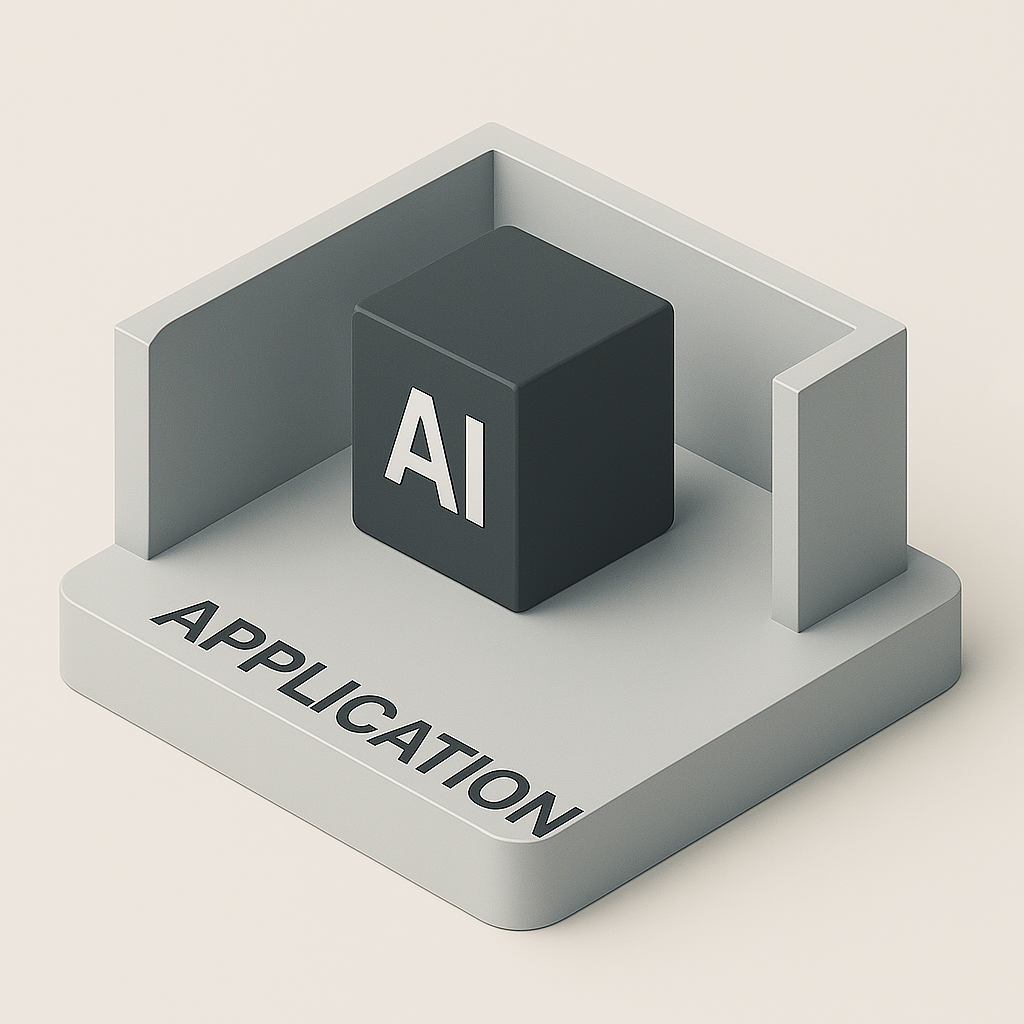
For machine learning workflows to operate effectively, seamless data ingestion and preprocessing are essential. Azure Storage and Azure Machine Learning Studio provide a robust platform to automate these tasks, ensuring data flows efficiently into training pipelines.
This article demonstrates how to automate customer churn data pipelines using Azure Blob Storage for data ingestion and Azure ML pipelines for preprocessing and training. We’ll cover:
- Uploading datasets to Azure Blob Storage with Terraform.
- Setting up automated pipelines in Azure ML Studio.
- Integrating new data updates into the training process.
Step 1: Uploading Datasets to Azure Blob Storage Using Terraform
Azure Blob Storage serves as the central repository for your datasets. Below is a Terraform configuration for creating a storage account, container, and uploading the churn dataset.
Terraform Configuration
Create a storage.tf file:
resource "azurerm_storage_account" "churn_storage" {
name = "mlchurnstorage"
resource_group_name = azurerm_resource_group.this.name
location = azurerm_resource_group.this.location
account_tier = "Standard"
account_replication_type = "LRS"
tags = {
environment = "production"
}
}
resource "azurerm_storage_container" "data_container" {
name = "customer-churn-data"
storage_account_name = azurerm_storage_account.churn_storage.name
container_access_type = "private"
}
resource "azurerm_storage_blob" "churn_data" {
name = "customer_churn.csv"
storage_account_name = azurerm_storage_account.churn_storage.name
storage_container_name = azurerm_storage_container.data_container.name
type = "Block"
source = "data/customer_churn.csv"
}
Deployment Steps
- Initialize Terraform:
terraform init - Apply the configuration:
terraform apply
Your dataset is now available in Azure Blob Storage under customer-churn-data container.
Step 2: Setting Up Automated Data Pipelines in Azure Machine Learning Studio
Azure Machine Learning pipelines automate data preprocessing and model training. The following steps demonstrate how to configure and run an ML pipeline using the Azure ML SDK.
Pipeline Configuration Script
Create a Python script automated_pipeline.py:
from azureml.core import Workspace, Dataset, Experiment
from azureml.pipeline.core import Pipeline, PipelineData, StepSequence
from azureml.pipeline.steps import PythonScriptStep
from azureml.data import OutputFileDatasetConfig
# Connect to Azure ML Workspace
ws = Workspace.from_config()
# Define Dataset from Azure Blob Storage
datastore = ws.datastores['mlchurnstorage']
input_data = Dataset.File.from_files((datastore, 'customer-churn-data/customer_churn.csv'))
# Define Output for Preprocessed Data
preprocessed_data = OutputFileDatasetConfig(destination=(datastore, 'preprocessed_data'))
# Step 1: Preprocessing Script
preprocess_step = PythonScriptStep(
name="Preprocess Data",
script_name="preprocess_data.py",
arguments=["--input-data", input_data.as_input(), "--output-data", preprocessed_data],
compute_target="cpu-cluster",
source_directory="scripts"
)
# Step 2: Model Training Script
train_step = PythonScriptStep(
name="Train Model",
script_name="train_model.py",
arguments=["--input-data", preprocessed_data.as_input()],
compute_target="gpu-cluster",
source_directory="scripts"
)
# Build and Run Pipeline
pipeline = Pipeline(workspace=ws, steps=StepSequence([preprocess_step, train_step]))
experiment = Experiment(ws, "automated-churn-pipeline")
pipeline_run = experiment.submit(pipeline)
pipeline_run.wait_for_completion(show_output=True)
Step 3: Preprocessing the Data
The preprocess_data.py script handles data cleaning, feature engineering, and scaling.
import argparse
import pandas as pd
from azureml.core import Run
# Parse Arguments
parser = argparse.ArgumentParser()
parser.add_argument("--input-data", type=str)
parser.add_argument("--output-data", type=str)
args = parser.parse_args()
# Load Data
data = pd.read_csv(args.input_data + "/customer_churn.csv")
# Preprocess Data
data = data.dropna()
data['TotalCharges'] = pd.to_numeric(data['TotalCharges'], errors='coerce').fillna(0)
# Feature Scaling (Standardization)
data['tenure'] = (data['tenure'] - data['tenure'].mean()) / data['tenure'].std()
# Save Processed Data
data.to_csv(args.output_data + "/preprocessed_churn.csv", index=False)
Step 4: Integrating New Data Updates into Training
To integrate new data updates seamlessly:
- Automate dataset updates using a scheduled job to upload new files to Azure Blob Storage.
- Trigger Azure ML pipelines automatically whenever new data arrives. This can be done using Azure Data Factory or Event Grid.
Example: Azure Data Factory triggers a pipeline when a new file is uploaded.
Step 5: Monitoring Pipeline Runs in Azure ML Studio
- Navigate to Azure ML Studio > Experiments.
- Select the pipeline run to view its status, logs, and outputs.
- Review metrics such as preprocessing time, training time, and model performance.
Key Takeaway
Automating data pipelines with Azure Storage and Machine Learning Studio simplifies the ingestion, preprocessing, and training of machine learning models. By combining Terraform for infrastructure deployment and Azure ML pipelines for automation, you can create a seamless, scalable workflow that keeps your models up-to-date with new data.



